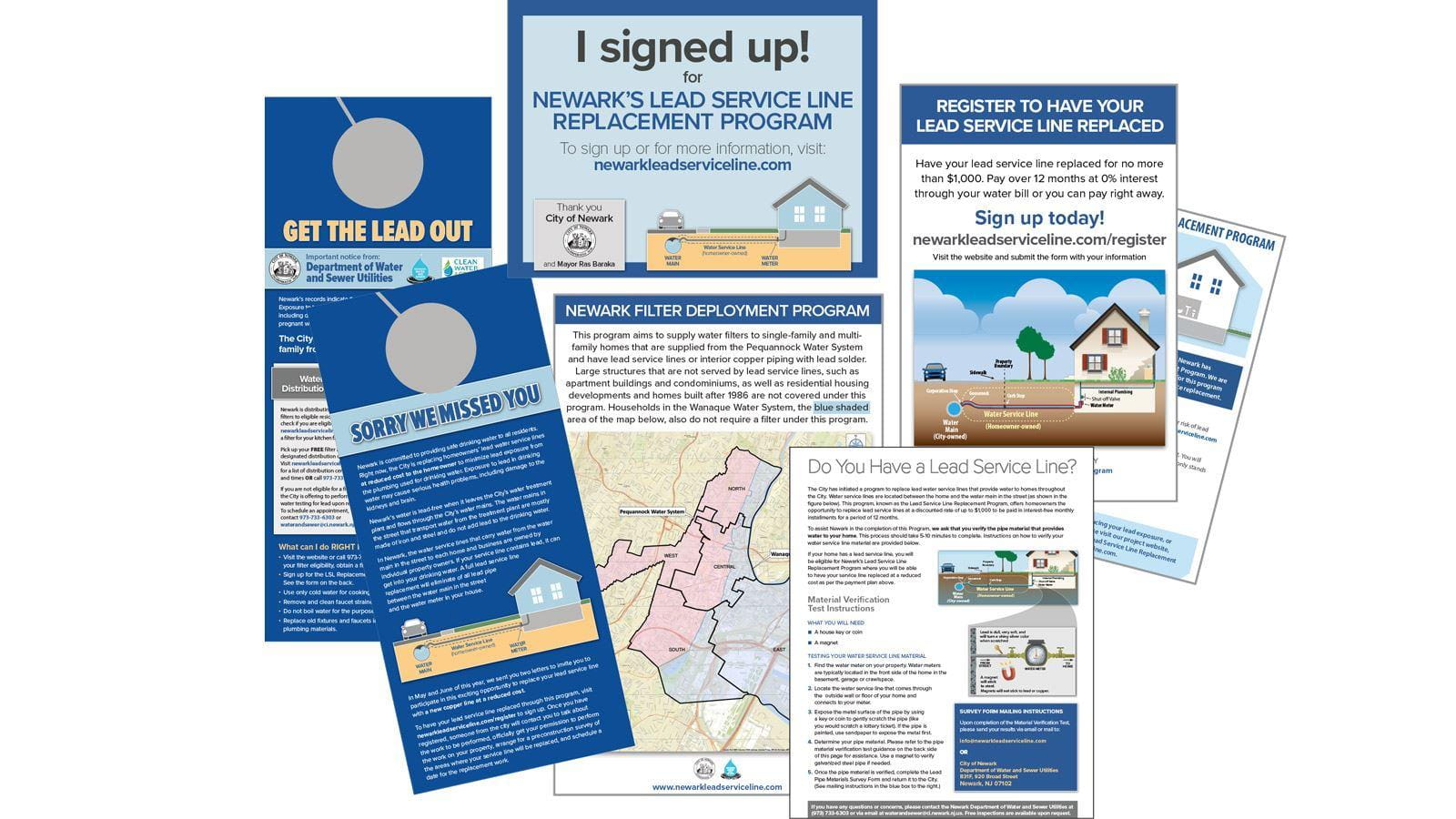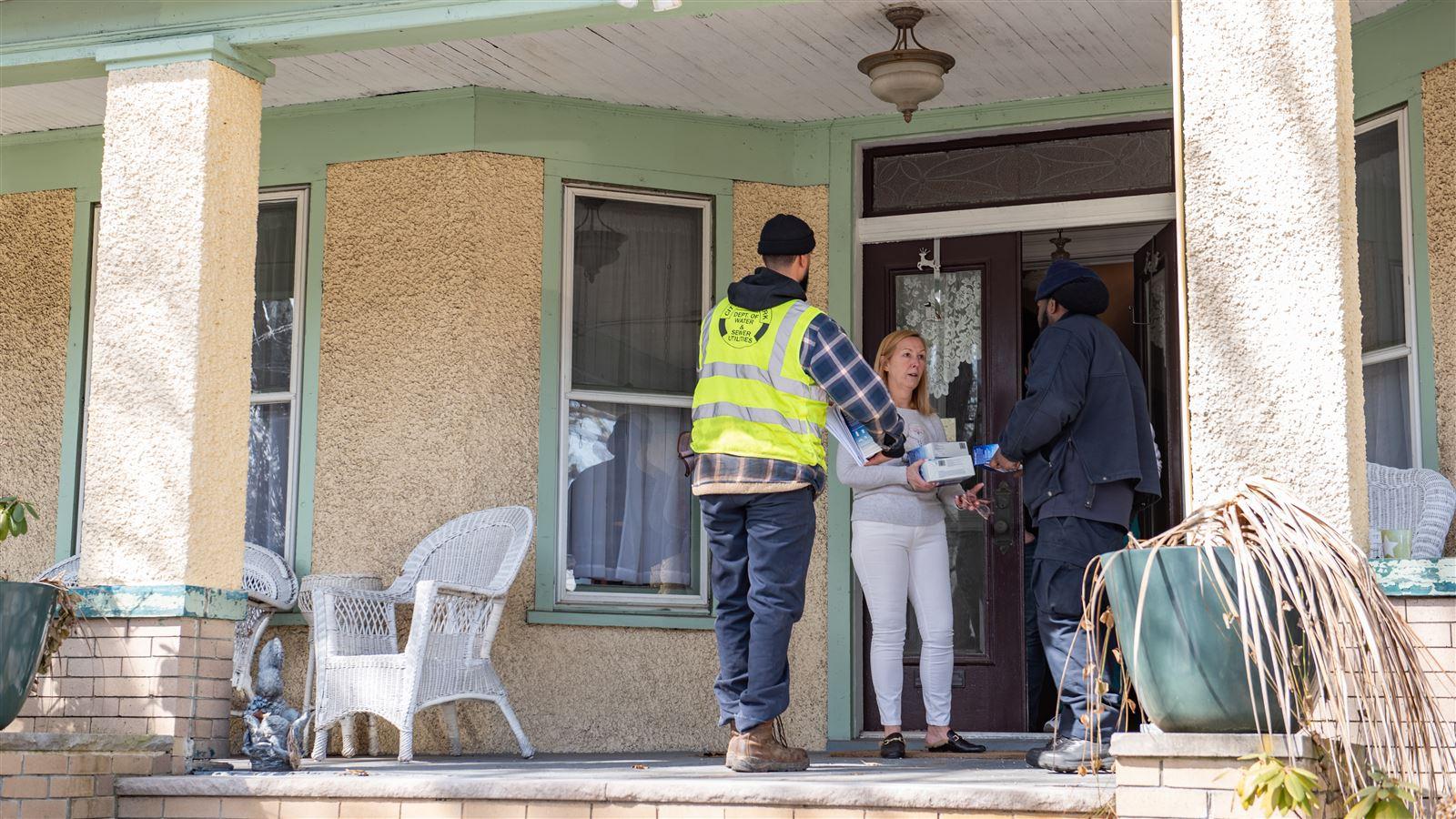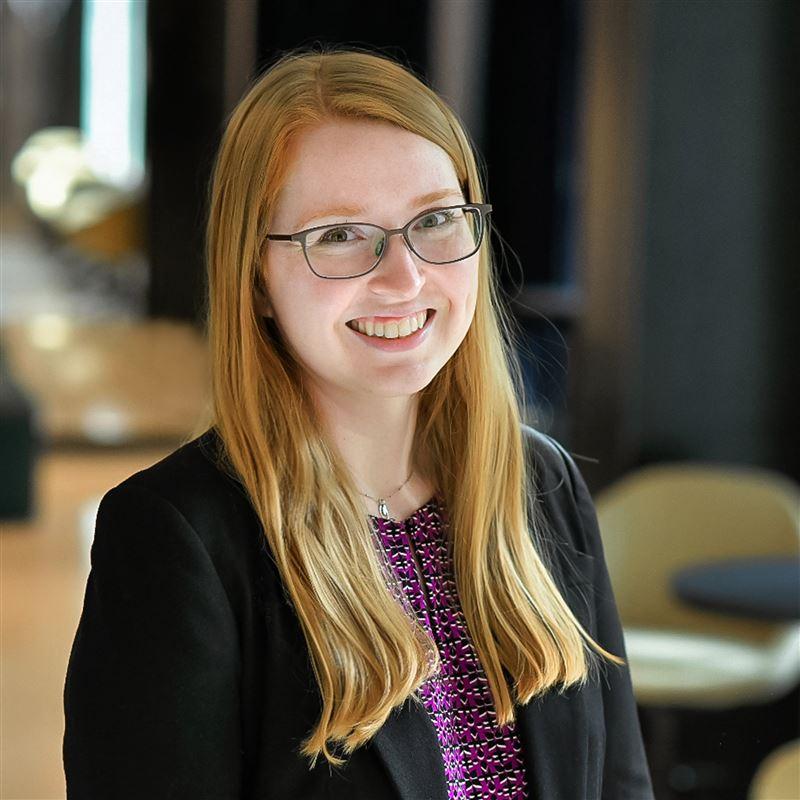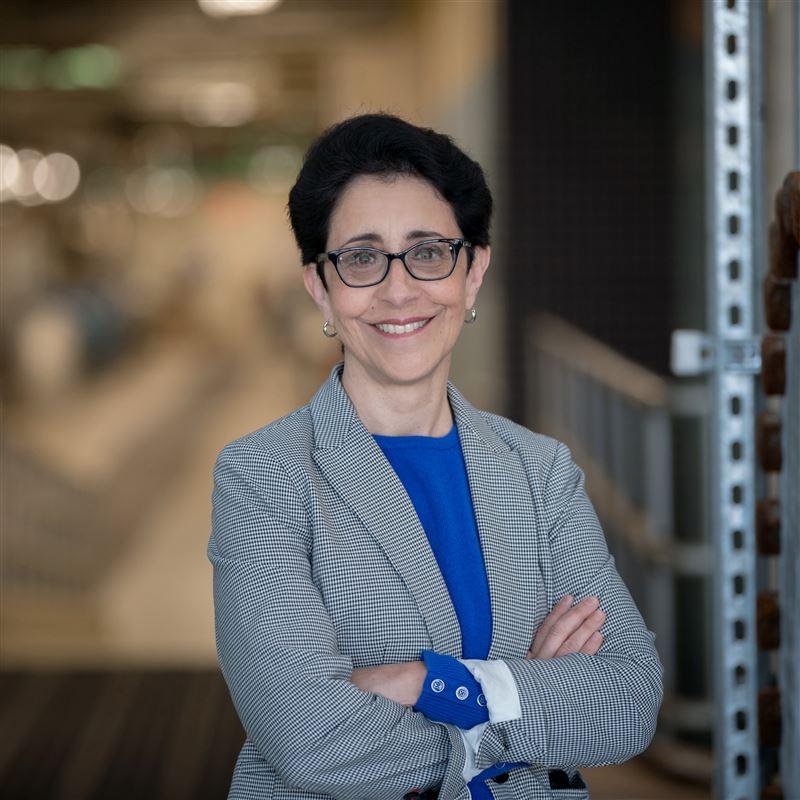Why is public communication key to successful lead projects?
Autumn McNeill, MPH is an environmental planner focused on community engagement and outreach. Autumn provides public health analysis and communications for lead, PFAS and other environmental topics with an emphasis on environmental justice and health equity. In this article, she explains the importance of keeping an open line of communication with the public when tackling lead projects.
What is the connection between public education and public health?
It is crucial to connect public education and public health. Community members need to understand the purpose of different lead-related projects and the science behind them. When it comes to public messaging, communication must be digestible and frequent, and experts need to allow stakeholders to ask any necessary questions. Being responsive to these questions and keeping an open line of communication with the public is paramount for water utilities, and public education to explain the why, the how, and the where do we go from here? We always want to be moving forward.
In areas impacted by lead, how can effective communication promote environmental justice and health equity?
Educating the public always comes first. Many stakeholders know environmental issues exist, but they may not know the causes behind these issues or how to communicate them to their government officials effectively. Awareness is not the concern, revealing the why is. Effective communication allows for open communication. When we circulate resources to teach the public about lead programs, we are always eager for input and feedback. Sometimes, that feedback is pushback, and that is okay, and clear and concise messaging allows utilities to level-set with residents. For example, in cases of service line replacements that require more involved infrastructure work, utilities need to educate properly and often, and educational material needs to be digestible and actionable. Proper communication provides stakeholders with a sense of security to not only ask their questions but to also allow utilities to do the replacements.

How do you tailor communication methods to your audience?
The effectiveness of a communication and public education method depends drastically on your target audience. Each community of stakeholders has different social and cultural norms that will impact how they absorb information. In general terms, Gen Z loves social media and if they are the target audience that is the way to go. Platforms such as TikTok and Instagram are great ways to connect with that age group. Older generations such as the Baby Boomers are known to appreciate more in person meetings, and more physical communication methods such as flyers. Many now opt for a hybrid option when it comes to their communications like Zoom calls for instance. A great way to determine the communication preferences of a group is to simply ask. Some utilities actually track their communication metrics to determine how to reach their stakeholders so that is a great starting point.
Why are you passionate about what you do?
My passion for environmental communications started at my alma mater, Howard University. I was always very passionate about the environment- at the time, I was studying biology and sociology, and I really saw that my community, at least the African American community, has connections to the environment, but a lot of us aren’t as educated as we would like to be on environmental justice and environmental racism. At Howard, I worked on projects focused on communities impacted by water contamination, gentrification, food disparities and more.
In 2020, I went to the Rollins School of Public Health at Emory University, where I really honed into my love for communication, but also for public health, and the health of people in general in environmental cases. That is how I landed at CDM Smith working as an environmental planner in the Water Services Group. I work with a lot of lead in drinking water and lead service line replacement programs because it is a huge part of educating people, while ensuring environmental justice is at the forefront and addressing environmental racism. I am doing what I love to do while helping communities that deserve representation and service.

I'm doing what I love to do while helping communities that deserve representation and service.










